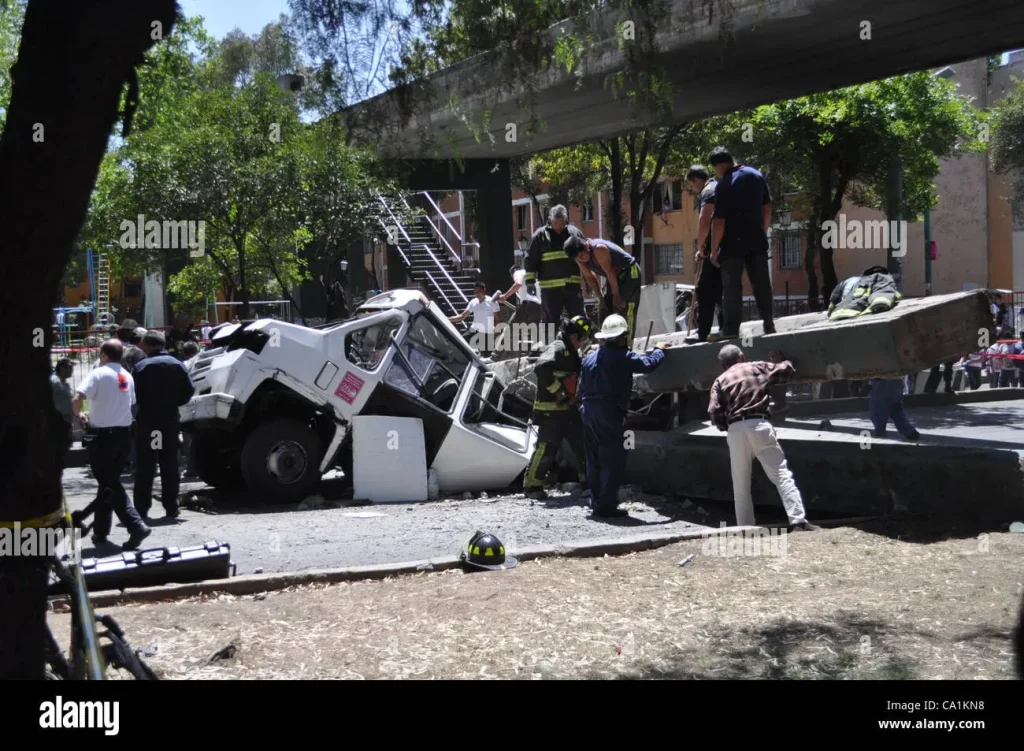Panic houses in Mexico, often known as “panicuevas” or panic caves, represent a chilling manifestation of the country’s ongoing battle with drug-related crime. These locations have emerged as grim sanctuaries where young individuals, often grappling with drug addiction, are ensnared by organized crime syndicates, particularly rampant in places like Guanajuato. The gripping methamphetamine epidemic has fueled the proliferation of these houses, where youth are tragically recruited as hit men or, worse, meet untimely deaths. With the shadow of youth violence looming large, many families are forced to confront the ruthless realities of organized crime recruitment. As communities strive to reclaim safety and resilience, the alarming rise of panic houses underscores an urgent need to address underlying issues of addiction and crime in Mexico.
The term “drug houses” paints a distressing picture reminiscent of the panic houses in Mexico, which are often linked to the escalation of narcotics-related violence. These derelict buildings provide more than just a refuge for addiction; they become training grounds for the next generation of criminals as youth are drawn into the web of organized crime. The chilling intersection of drug addiction and abhorrent practices such as human trafficking is prevalent, particularly in areas facing high crime rates like Guanajuato. As communities battle against this tide of despair, understanding the role of these drug houses highlights the broader societal challenges of addressing both addiction and organized crime recruitment. Without concerted efforts to dismantle this cycle, the potential for recovery remains grim for many vulnerable youths caught in this dangerous environment.
The Rise of Panic Houses in Mexico
Panic houses, commonly known as panicuevas or panic caves, have emerged as a grim consequence of the escalating drug addiction crisis in Mexico, particularly in regions like Guanajuato. These clandestine establishments are often run by organized crime syndicates, serving as recruitment grounds for vulnerable youths who fall prey to drug trafficking and violence. According to various reports, these locations have become infamous for housing young drug users who are coerced into criminal activities, including becoming hitmen for the gangs, leading to a cycle of violence that grips communities and devastates lives.
The alarming proliferation of these panic houses in Guanajuato correlates with the surge of methamphetamine addiction in the area, which has increased by nearly 449% over the past two decades. This escalation has not only intensified gang rivalry but also made many youths susceptible to organized crime recruitment. Individuals trapped in these houses often recount harrowing experiences of coercion and violence, highlighting the desperate situation young people face as they navigate the dangers of drug addiction and gang influence.
Frequently Asked Questions
What are panic houses in Mexico and how do they relate to drug addiction?
Panic houses in Mexico, often referred to as panicuevas, are clandestine locations run by organized crime groups where individuals, particularly youth, can buy and use drugs. These houses contribute to the drug addiction crisis, particularly with the ongoing methamphetamine epidemic, as many young people fall prey to addiction and are subsequently recruited into criminal activities.
How does the rise of methamphetamine addiction contribute to the proliferation of panic houses in Mexico?
The sharp increase in methamphetamine addiction has led to a surge in panic houses across Mexico, especially in states like Guanajuato. These locations serve as hubs for drug use and recruitment into organized crime, where vulnerable young addicts are often coerced into becoming hit men or involved in drug trafficking.
What dangers do young people face in panic houses in Guanajuato?
Young individuals in panic houses in Guanajuato face immense dangers, including physical violence, exploitation, and potential death. Many are recruited into violent roles within drug trafficking organizations, facing threats to their lives and being forced to engage in criminal activities.
How are panic houses linked to youth violence and organized crime in Mexico?
Panic houses are closely tied to youth violence and organized crime, as they not only serve as spaces for drug use but also as recruitment centers for gangs. Vulnerable youths, often from impoverished backgrounds, are targeted for recruitment, leading to increased gang violence and crime rates in the surrounding communities.
What measures are being taken to address the issues of panic houses in Mexico?
Efforts to combat the issues of panic houses include increasing law enforcement presence in high-crime areas, providing addiction recovery resources, and raising awareness about the dangers of drug use and organized crime recruitment among vulnerable populations. Organizations like the Las Joyas de León Addiction Assistance Center are working to rehabilitate individuals and provide support to those affected by these criminal networks.
What role do panic houses play in the drug trafficking landscape in Guanajuato?
Panic houses play a significant role in the drug trafficking landscape in Guanajuato by acting as distribution and use sites for drugs like methamphetamine. They not only facilitate drug sales but also create an environment where organized crime can recruit new members, further entrenching the cycle of addiction and crime within communities.
Why is the public perception of safety a concern in Guanajuato regarding panic houses?
Public perception of safety in Guanajuato is deeply affected by the presence of panic houses, with a vast majority of citizens identifying crime and lack of safety as critical issues. The high homicide rates linked to drug trafficking and the activities occurring within panic houses contribute significantly to societal fears and concerns about safety.
What are the consequences of living in a panic house for young people in Mexico?
The consequences of living in a panic house for young people in Mexico include exposure to drug addiction, violence, and exploitation. Many young people find themselves trapped in a cycle of criminal activity and abuse, often leading to severe mental and physical health issues, or even death.
Are panic houses in Mexico unique to certain regions or widespread across the country?
While panic houses are particularly prevalent in regions heavily impacted by drug trafficking, such as Guanajuato, they can be found in various locations throughout Mexico. Depressed urban areas with high crime rates are most commonly associated with these illegal establishments.
What impact does the presence of panic houses have on local communities in Mexico?
The presence of panic houses significantly impacts local communities by increasing crime rates, contributing to a climate of fear, and undermining public safety. Additionally, they perpetuate the cycle of drug addiction and gang recruitment, thus affecting the overall wellbeing of community members.
| Key Points |
|---|
| Panic houses are prevalent in Mexico, particularly in cities like León, Guanajuato, where drug addiction and violence are rampant. |
| These homes are often taken over by criminal gangs and are used for both drug use and recruitment of young people as hit men. |
| Young addicts, some as young as 12, face threats and violence, with many being forced into drug trafficking or even death. |
| Guanajuato has seen a sharp rise in meth addiction, with a 449% increase in the last 20 years, exacerbating the crisis. |
| The local government has reported significant violence, with high homicide rates and concerns about the safety of residents. |
| Addiction centers are working to rehabilitate individuals, focusing on mindset changes to break the cycle of addiction and crime. |
Summary
Panic houses in Mexico represent a dire issue where youth are ensnared in drug addiction and violence. These houses, run by criminal organizations, not only serve as places for drug use but also as recruitment centers for the next generation of hitmen and criminals. With alarming statistics reflecting skyrocketing methamphetamine addiction and a rise in gang-related violence in regions like Guanajuato, the situation is becoming increasingly concerning. As local governments and addiction centers strive to combat this crisis, the urgent need for societal change and rehabilitation programs is clear. Addressing the root causes of drug addiction and the criminal environment will be essential for the future of young lives in Mexico.



